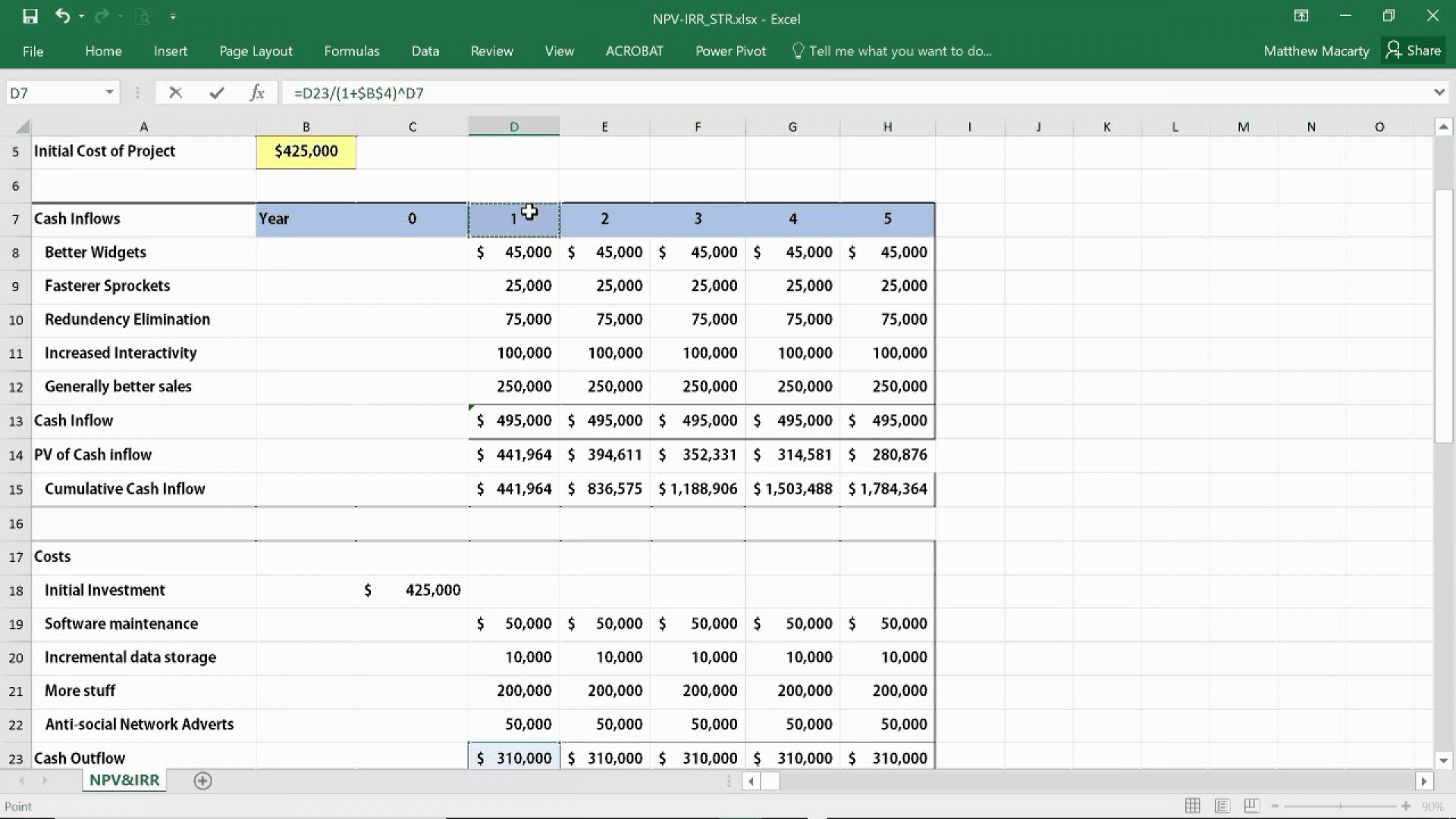Cash Collection The Accounts Receivable Function Explained

Therefore, timeliness in your cash collections should be a high priority. It’s essential for every company to have an efficient cash collection system to ensure maximum value is derived from its accounts receivables. The Cash Collections formula is a powerful tool utilised in business finance to work out the actual cash inflow from a company’s credit sales during a specific time period. It is vital for the company to accurately ascertain this figure to manage its operations effectively.
Significance in Financial Analysis and Creditworthiness

Late payments are frequent, but you can reduce them by setting clear payment terms from the start. Ensure your customers understand when payments are due and what penalties apply for late payments, and follow up consistently to encourage on-time payments. The company’s total assets do not increase when cash is collected from Accounts Receivable because while one asset (cash) increases, another asset (accounts receivable) decreases.
Example of Expected Cash Collections:
Vaia is a globally recognized educational technology company, offering a holistic learning platform designed for students of all ages and educational levels. We offer an extensive library of learning materials, including interactive flashcards, comprehensive textbook solutions, and detailed explanations. The cutting-edge technology and tools we provide help students create their own learning materials.
Real-life Example of a Schedule of Expected Cash Collections
- These may be payments owed by an individual or another business and can include both current accounts with an outstanding balance and past-due accounts.
- Since these payments are immediately available, they contribute directly to your working capital.
- On the contrary, manual monitoring of operating cash flow indicators does not allow you to receive real-time updates.
- Once you’ve determined your estimated cash collections for each receivables bucket, you’ll add this to your projected cash sales to get your total estimated cash collections.
- The measure is important for tracking the ability of a business to grant a reasonable amount of credit to worthy customers, as well as to collect receivables in a timely manner.
A high average collection period ratio could indicate trouble with your cash flows. Now that we’ve covered the formula let’s break down the steps for calculating cash collections from accounts receivable. You’ll need to estimate how much you’re likely to collect for accounts receivable by subtracting any uncollectible receivables. Not all invoices are paid on time or in full, so accounting for bad debts is essential when calculating expected collections. The formula for cash collections gives you a clear view of how much cash your business is expected to collect over a given period. A useful way to map out a company’s cash collection projection is to plan a schedule of expected cash collections.
Steps of the Cash Collections Process for Accounts Receivable
Identify the indicators you want to track according to your business objectives and the impact you want to achieve. To reduce debt by 50% over the next two years, you should monitor FCF, current rate and FCFR. A high APT may indicate that your company is not using its credit facilities effectively or that your suppliers are not granting you favourable credit terms.
By using accounting software, businesses can enhance their cash collection efficiency, maintain financial stability, and make informed financial decisions. For instance, a manufacturing firm may have made domestic partner £200,000 of credit sales in the current month with an estimated collection rate of 80%. Using the cash collections formula, the company can learn about the potential cash inflow for the current month.
You have several regular customers who buy from you on credit, and you offer them 30-day payment terms. At the end of each month, you generate invoices for the sales made during that period and send them to your customers. TechGadgets’ credit terms are 50% of credit sales collected in the month following the sale and the remaining 50% in the second month after the sale. Additionally, there are $20,000 in outstanding receivables from March expected to be collected in April. I (Collection Effectiveness Index) is very important for several reasons. By using CEI, businesses can quickly assess how efficiently they are able to turn their outstanding receivables into cash, and identify any issues that may be causing delays.
The issue of overdue payments, unresponsive customers, and cash flow problems can significantly affect a business’s bottom line and impact its ability to operate effectively. To address these challenges, businesses must develop and implement effective cash collection strategies. Expected cash collections refer to the amount of money a business anticipates receiving from its customers over a certain period, based on outstanding invoices and sales made on credit. To effectively monitor payments, operational staff need to have an overall view of outstanding receivables and be able to edit an aged trial balance easily. Using this calculation, you discover how long it takes to collect from when the invoice is issued to when you get paid. An increasing average receivables collection period indicates trouble collecting your accounts.
However, a very high OPD may also indicate that your credit conditions may be at risk in the future. If your DPO is low, this suggests that your company is not taking advantage of available credit terms or negotiating better terms. However, a period of around 30 days for creditors is generally considered an excellent OPD.
